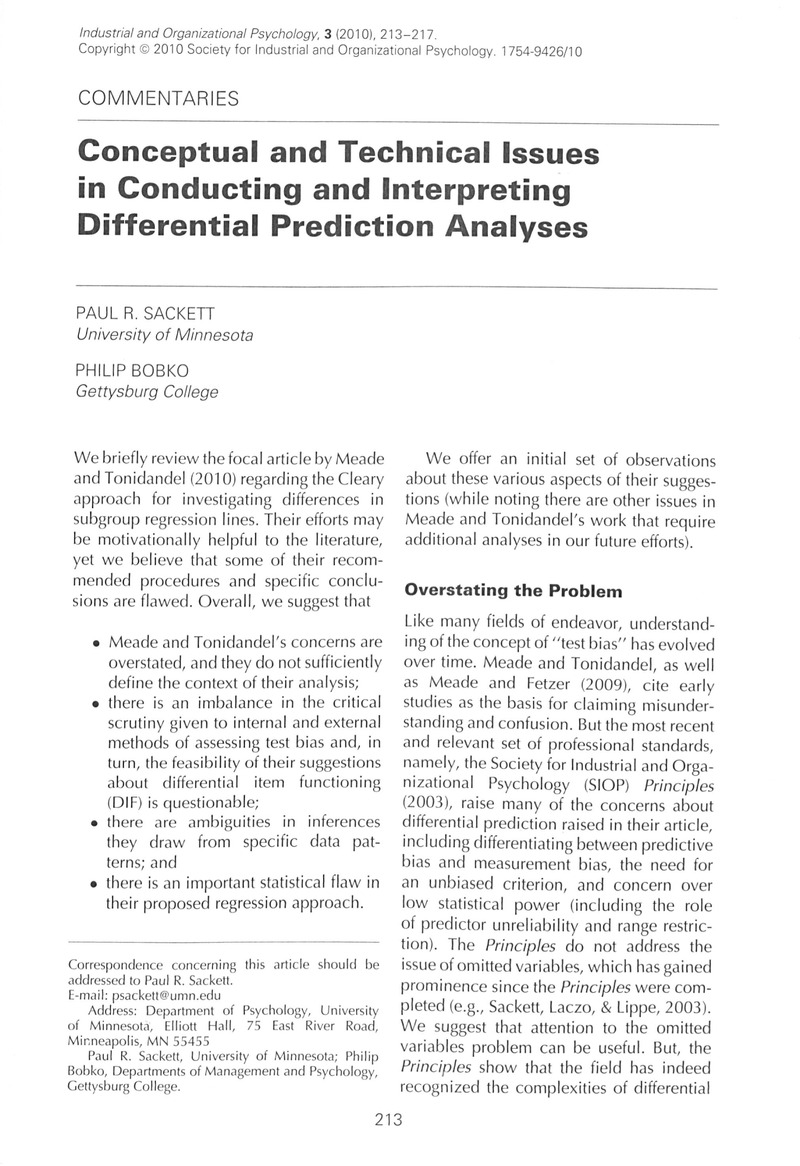Crossref Citations
This article has been cited by the following publications. This list is generated based on data provided by Crossref.
Meade, Adam W.
and
Tonidandel, Scott
2010.
Final Thoughts on Measurement Bias and Differential Prediction.
Industrial and Organizational Psychology,
Vol. 3,
Issue. 2,
p.
232.
Skeem, Jennifer L.
and
Lowenkamp, Christopher T.
2015.
Risk, Race, & Recidivism: Predictive Bias and Disparate Impact.
SSRN Electronic Journal,
Skeem, Jennifer L.
Monahan, John
and
Lowenkamp, Christopher T.
2016.
Gender, Risk Assessment, and Sanctioning: The Cost of Treating Women Like Men.
SSRN Electronic Journal,
SKEEM, JENNIFER L.
and
LOWENKAMP, CHRISTOPHER T.
2016.
RISK, RACE, AND RECIDIVISM: PREDICTIVE BIAS AND DISPARATE IMPACT*.
Criminology,
Vol. 54,
Issue. 4,
p.
680.
DeMichele, Matthew
Baumgartner, Peter
Wenger, Michael
Barrick, Kelle
Comfort, Megan
and
Misra, Shilpi
2018.
The Public Safety Assessment: A Re-Validation and Assessment of Predictive Utility and Differential Prediction by Race and Gender in Kentucky.
SSRN Electronic Journal ,
Skeem, Jennifer
and
Lowenkamp, Christopher
2020.
Using algorithms to address trade‐offs inherent in predicting recidivism.
Behavioral Sciences & the Law,
Vol. 38,
Issue. 3,
p.
259.





